Have you ever heard of a Write the Room activity? For the longest time I was so confused, trying to figure out what exactly Write the Room was. Now I have started using them in my own classroom and my students and I LOVE them! So today I am here to introduce YOU to Write the Room and show you how you can use it in your music class.
What is Write the Room?
Write the Room activities involve students looking for posters around the room with something written on them. Really, it could be just about anything. For a kindergarten classroom, it might be sight words. In music, I like to do rhythms or solfege patterns, since those are the forms of music writing. But you could use it with instruments of the orchestra, classroom instruments, even musical markings like forte, piano, coda and more.
When students spot one of the posters, they copy down what is written there on to a worksheet with a matching icon.
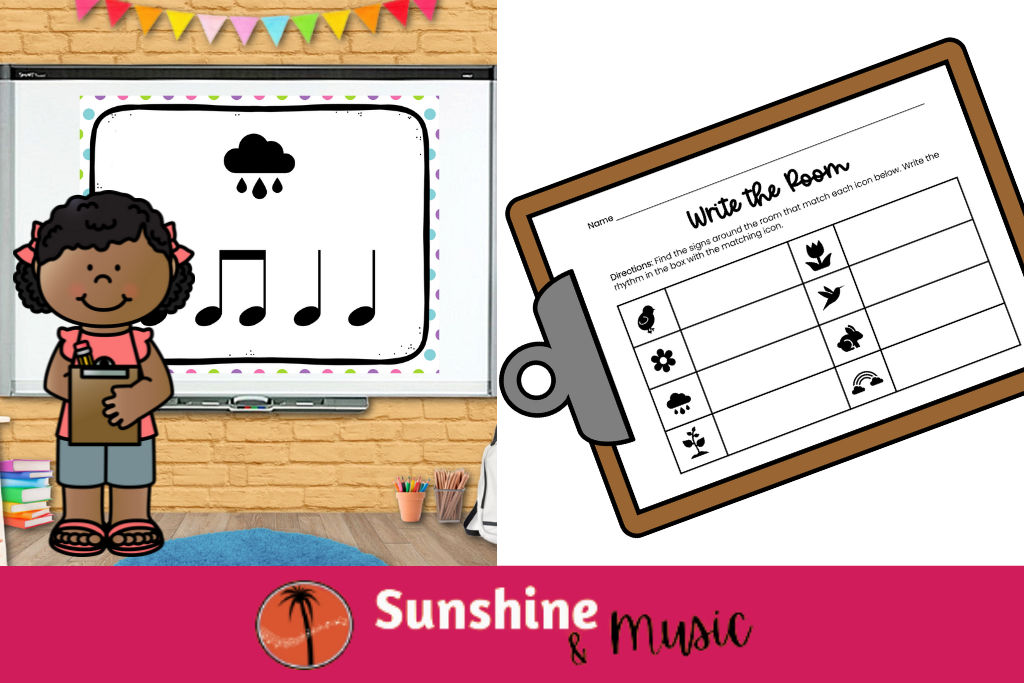
I find that the key to making Write the Room extra fun is to not make every poster super easy to find. I stuck some of mine in weird corners, or down way at the bottom of the wall. Places you could only see from the right angle. If you are feeling really adventurous and your room arrangement allows for it, you could put them underneath chairs or inside a drawer. It just depends how much of your room you are willing to let them explore – and how long you want the activity to take.
How Can I Use Write the Room in Music Class
Today I am going to talk about write the room in terms of rhythmic examples, but many of these ideas could be applied to other topics as well. The sky’s the limit!
Review
I find that Write the Room works great for reviewing rhythms from the previous year before we dive into a new rhythmic value. For example, if we were about to learn about whole notes and rests, I might pull out my half note posters and worksheet, and have them write down and identify the rhythmic values as a stepping stone for moving forward.
It is also a great way to wrap up a unit on rhythm reading and writing. Especially if you take it a little farther with some of the extension activities I will go into later in the post.
Introducing New Rhythms
Another fun thing to do if you want to challenge your students is to have them do a write the room with a NEW note. This could be a fun way to give students a first exposure to something new. But be ready for questions if your kids are anything like my kids!
Here is how you might do a Write the Room activity with a new note. You put out your 16th note posters and have kids copy down the rhythm patterns. Then have them gather at their seats and discuss what they think the new note does. Based on how it looks do you think it is faster or slower than a quarter note?
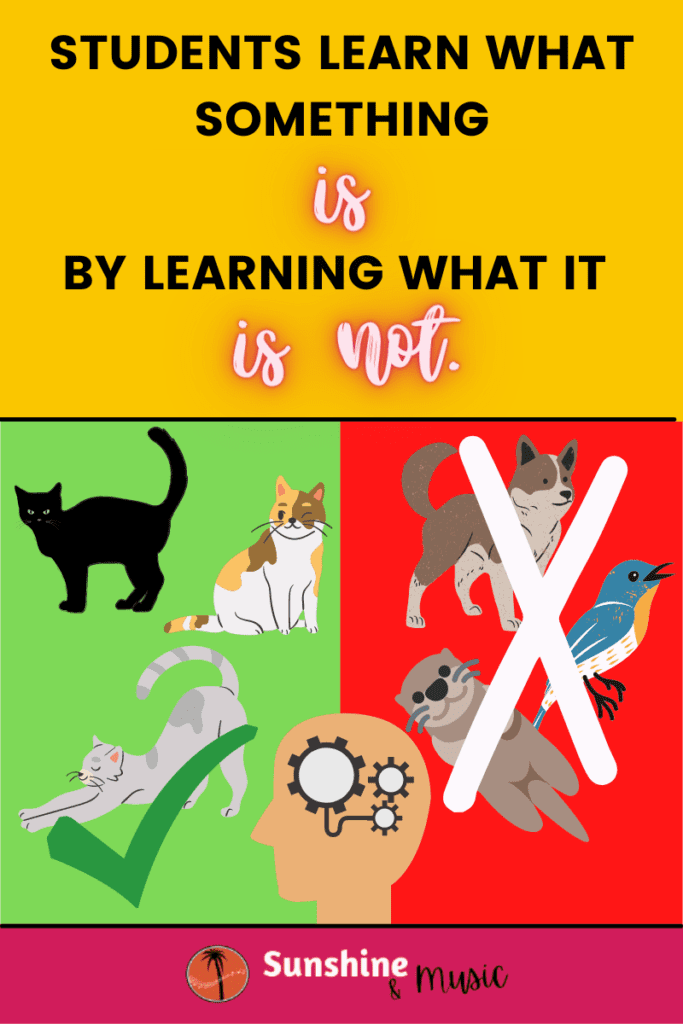
Have a quick discussion, then explain what it is and how to read it. Students are already more engaged because they didn’t just have you FEED the info to them. They had to process it for themself a bit first.
Reinforcing Learning
Often I will use Write the Room activities to reinforce what we are currently learning. Maybe we have read rhythms on the board for a couple weeks and traced half notes on a worksheet. Now would be a great time to pull a Write the Room activity and have students practice their half note reading and writing skills.
Sub Activity
Everyone always needs quick and simple sub activities. Write the Room will probably not fill up a whole lesson for you, but you could have students add on some of the extension activities below and make it into a class lesson pretty quickly, with almost no prep for the sub, except for copying the worksheets.
Best of all, your students will actually be LEARNING and CREATING while you are out. How many of your current sub plans do that?
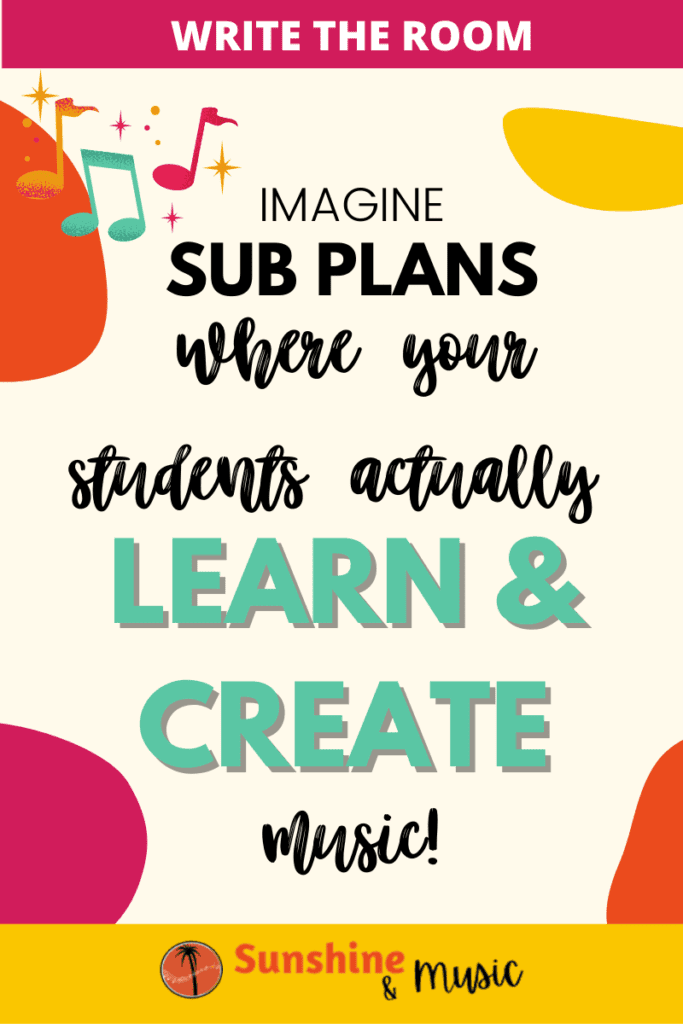
Extensions
Read and Identify
The simplest extension that you can do with the worksheets is to have all the students read through each rhythm after they are complete. You can take this a couple steps further by:
- Having students read pattern individually instead of the whole class. It could even be a quick incognito reading assessment!
- Read a pattern for the class and have them identify which one it was.
- Chant a pattern to a student and have them chant back a DIFFERENT pattern. Not QUITE improvisation but sort of improv on training wheels.
Composing
Another way to have students create with their rhythms is to have students use the rhythms from the worksheet to come up with their own rhythm composition. Maybe throw in other concepts they have learned this year such as form, and have it be AABA or ABAB. They could add body percussion or small instruments.
You could have them add words and create a rap. You could have them add pitches and play it on the recorder or xylophone. Their are SO MANY ways to go for a creative project like this.
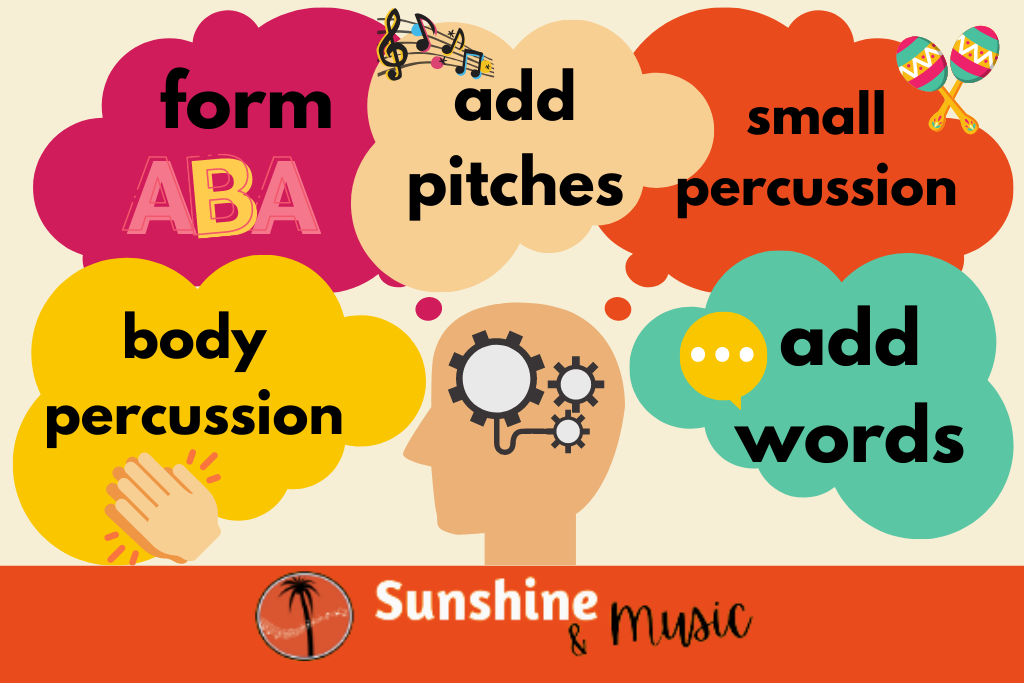
Four Corners
Another fun way to assess students is a variation on a Four Corners activity. You could read a rhythm and then students have to go stand around the room by the rhythm that they think you read.
Some logistical planning would be smart with an activity like this. You don’t want the entire class thundering over to one rhythm after you say it. So maybe have the class split into groups and each group gets a turn to move.
Where Can I Find Write the Room Resources for Music Class?
When it comes to Write the Room activities for music, you can always create your own worksheets and posters. Simply make a worksheet with different icons and posters with matching icons and rhythmic values.
Limited planning time? I’ve got you! I have Write the Room activities pre-made for you in a variety of different themes. Each set has rhythm posters for 6 different rhythmic focuses:
- Quarters, eighths and rests
- Half notes and rests
- Whole notes and rests
- 16th notes
- Syncopation
- Basic triple (6/8)
Click here to view my Write the Room resources and grab a theme for your classroom today!

Love This Post? Here Are Some More You Might Like!
Simple Resources for Quick and Easy Music Writing

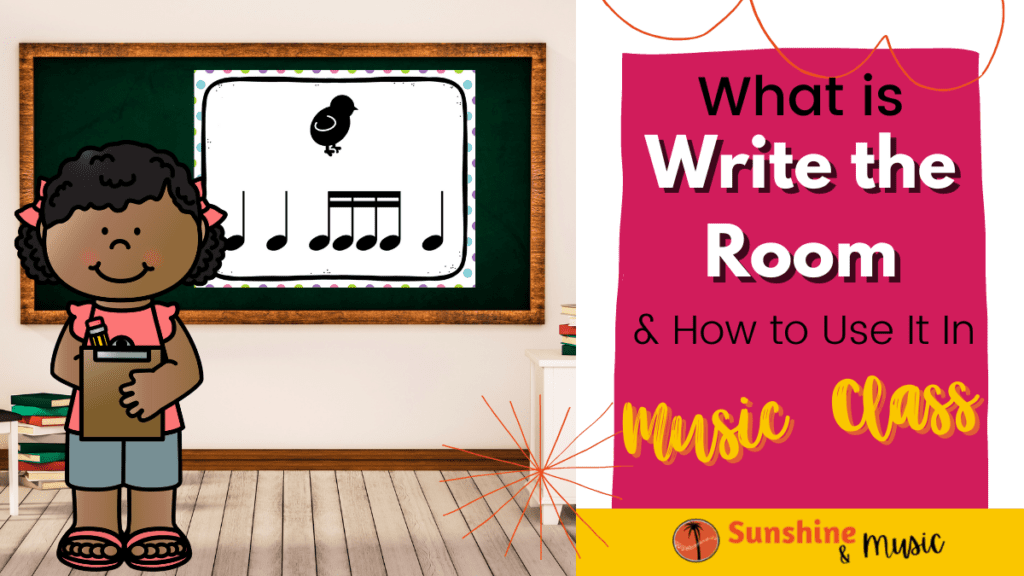




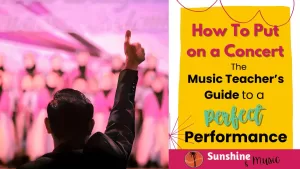

4 Responses